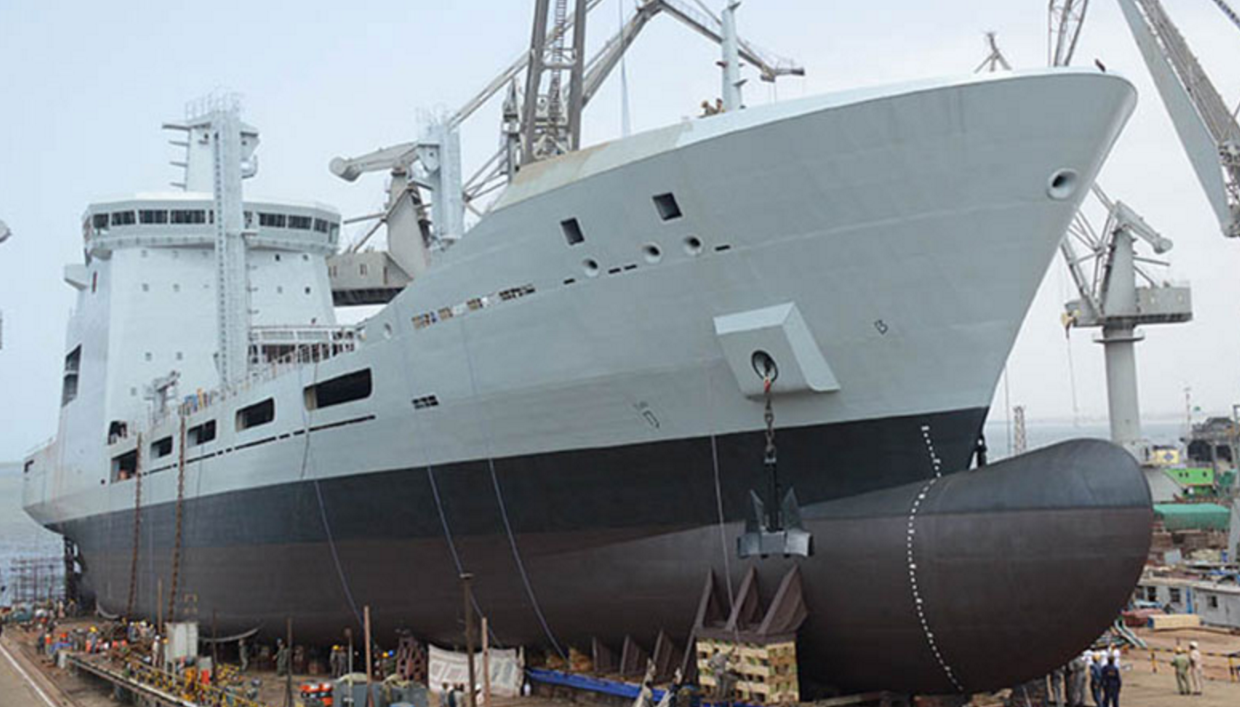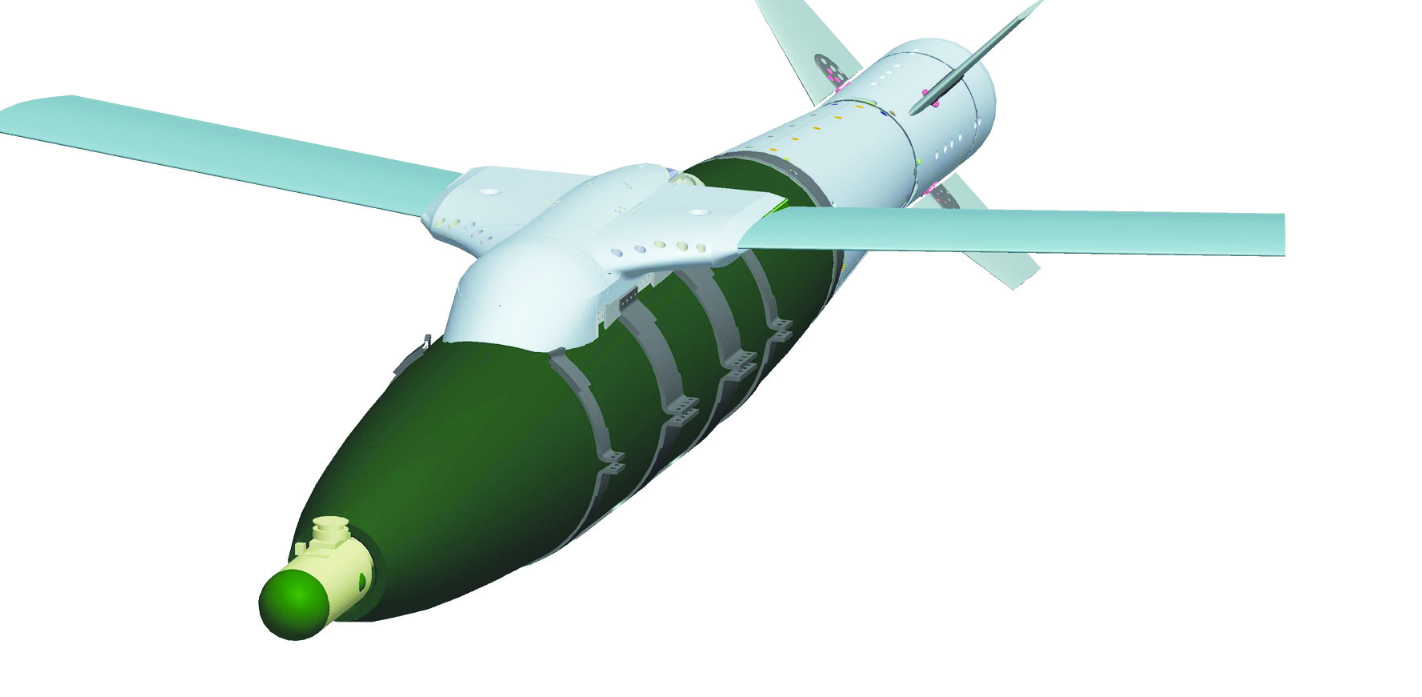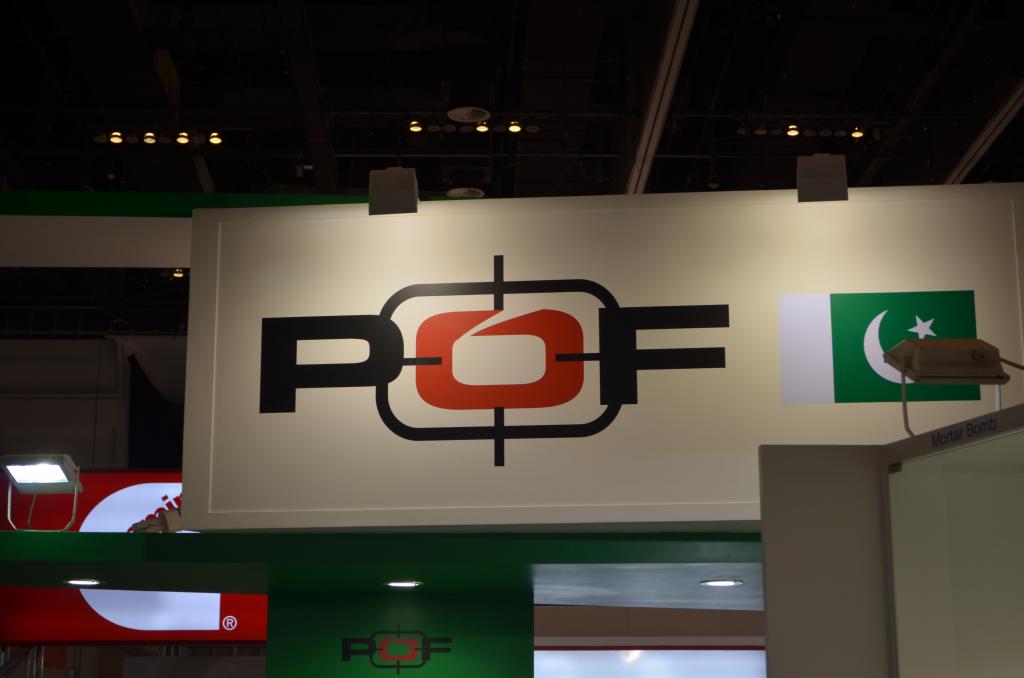2315Views 2Comments

This Week in Review: A Shift in Global Naval Shipbuilding?
Every weekend, Quwa will close the week’s news with a review and analysis with the aim to tie together several topics into broader themes. It is an opportunity to reflect upon and discuss issues in a way where key trends are identified and individual news topics are connected into a “bigger picture.”
A shift in global naval shipbuilding?
The past several weeks have seen a number of major naval shipbuilding contracts in the developing world awarded to relatively new market entrants, especially in Asia.
For example, the Philippines Navy awarded South Korea’s Hyundai Heavy Industries a $337 million U.S. contract to build to two new frigates (IHS Jane’s). Hyundai Heavy Industry’s competitors included rival South Korean vendor Daewoo Shipbuilding & Marine Engineering Co. Ltd (DSME), India’s Garden Reach Shipbuilders & Engineers (GRSE), and Spain’s Navantia S.A.
In South Asia, India has stepped away from its plans of adding another three Scorpene-class submarines from France’s DCNS. Although the cause of this shift was the information leak suffered by DCNS, it would disingenuous to suggest that India would not look to its own industry for a conventional submarine design.
The country already benefits from a competent naval industry, one that not only constructs hulls for ships (by also sourcing the warship-grade steel domestically) but is also capable of fielding an air-independent propulsion (AIP) system for submarines. In fact, GRSE may have ultimately won the Philippines naval deal had it not been for the company’s lower financial capacity. In the end, GRSE lost out to Hyundai Heavy Industries, not Navantia, DCNS or ThyssenKrupp.
Pakistan has set into motion its acquisition of eight new conventional submarines from China Shipbuilding Industry Corporation (CSOC) and is currently in touch with Turkey’s Savunma Teknolojileri Mühendislik ve Ticaret A.Ş. (STM) for four corvettes. It appears that Western shipbuilders are not even a factor for any of Pakistan’s upcoming and prospective naval shipbuilding requirements. In fact, France’s DCNS apparently lost to STM on the tender to upgrade the Pakistan Navy’s three Agosta 90B submarines, which it had originally designed and built.
Speaking of STM, it also seems to be near finalizing a landmark surface warship contract with an undisclosed country whose tender had included world-class Western competitors. This could potentially be in reference to Saudi Arabia, which stepped away from finalizing America’s offer of four Lockheed Martin Freedom-class based frigates (with sensors and weapon systems) for $11 billion U.S.
The naval shipbuilding industry landscape has shifted thanks to the rise of these newer vendors, which have shown the capacity to produce relatively high-quality naval products, but at a noticeably more competitive price-point compared to the industry incumbents, such as DCNS and TKMS.
Although lower labour costs are a factor, the increasing indigenization of key materials, such as warship-grade steel in India, has helped these entrants contain the cost-of-production in line with their local currencies and cost overheads. One may feel tempted to cite technology transfer as a possible contributor as well, but Western vendors have seldom restricted their buyers from assembling their ships.
Thus far, it does not appear that non-Western shipbuilders have been more liberal in this regard. Countries that have spent precious research and development resources towards indigenously producing warship-grade steel or other critical components will not part with the valuable expertise, not without exacting steep compensation (which is generally beyond the fiscal means of almost all developing world states).
On the other hand, Western subsystem vendors – especially those involved in propulsion, sensors, and weapon systems – will continue to thrive, at least in the short-term. For example, Algeria’s C28A corvettes, which were built by CSOC, are powered by German MTU 12V 1163 TB93 diesel engines. These ships also use Thales Smart-S Mk 2 radars. There is no doubt that a corvette sale to Pakistan would require STM to source Western propulsion and, at least in some respects, Western sensor, and electronic subsystems. Similar Western input should also be expected in the Philippines frigate deal.
In a sense, the rise of lower-cost non-Western shipbuilders could be considered a boon for Western propulsion, sensor and weapon-system vendors. If the cost of the hull and the integration process is kept on the less expensive side (via lower labour and material costs), then the cost flexibility to add Western subsystems is greater. In some cases, especially with many comparatively older or more mature systems, the cost of developing the system has already been distributed among a large number of individual units. The Thales Smart-S Mk 2 radar is a good example of this in that it can count at least 12 individual naval users (and multiple producing vendors, including Turkey’s Aselsan).
In the long-term, especially in countries where sensor and weapon-system development is taking place (e.g. Turkey, South Korea, and India), Eastern governments may have an incentive for vertical integration. For example, in the future, the Turkish government may seek to offer financing or credit for a contract with STM if the buyer sources sensors from Aselsan and weapon-systems from Roketsan.
It is important to understand that this trend does not apply to the Western (and Australian) market. NATO and other key alliances with the U.S. require Western end-users to be careful with their vendor selection, so as to avoid being cut-off from sensitive technology from allies. In fact, the recent leak suffered by DCNS may be a problem for its Australian submarine contract, which is contingent on integrating sensitive U.S. subsystems. If a Western vendor such as DCNS can have trouble earning the requisite level of trust, then one can imagine the obstacles ahead of Eastern shipbuilders. There are exceptions (i.e. Japan, which has been a very close U.S. ally since the end of the Second World War).
For the foreseeable future, it seems that American and European vendors will maintain a competitive edge in propulsion and other cutting-edge technologies. In fact, in light of the tougher manufacturing competition from the developing world, emphasis on research and development and producing next-generation technology has increased. However, with the exception of the U.S. (which benefits from scale thanks to its heavy quantitative requirements), the cost may be a prohibitive factor. In other words, cutting-edge technology or qualitative drivers will exact a high price (the Freedom-class frigate offer to Saudi Arabia is a good example). Truly ground-breaking systems will make it through the market, but for other areas, developing world customers may be content with the “good enough.”



2 Comments
by little children
India (GRSE) lost a winning contract to Hyundai due to difference in the way of payment. In India as the warship is being build, payment is made gradually to the shipbuilder, but in Philippines payment is only made when the warship is delivered. Govt should change some policy so that in future these kind of problem doesn’t arises.
by MT
Philippino suffer with inferiority complex & look down upon india.
frm day1 they had wanted korean but GRSE product was top notch for that price.
GRSe anyway is booked with orders so lets focus on indonesia Vietnam and Africa.
Egypt Nigeria middle east countries can be also promising